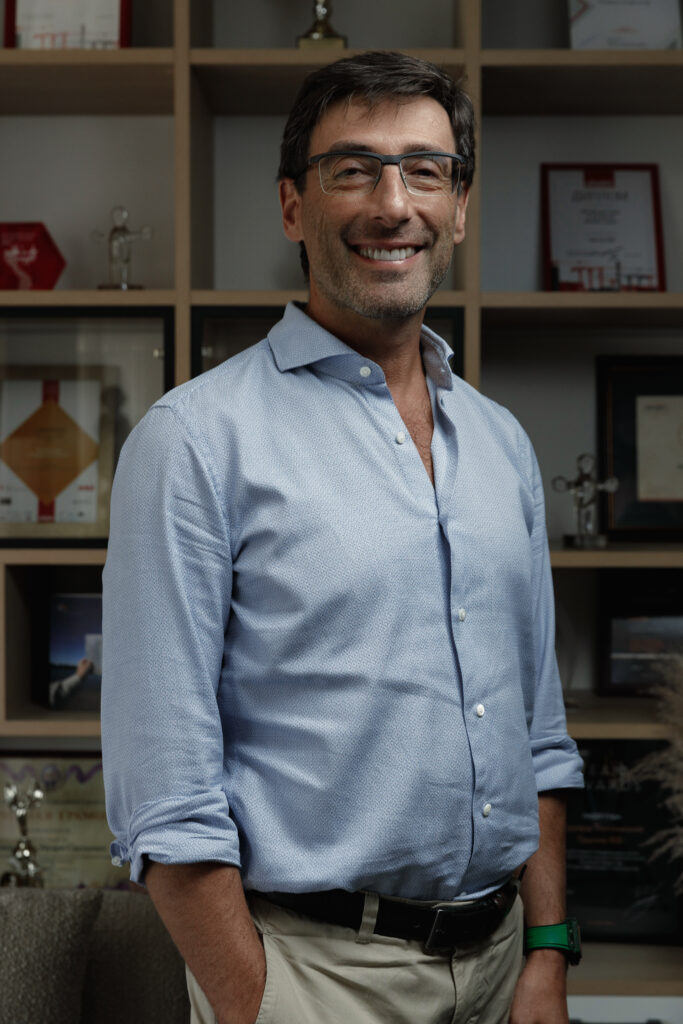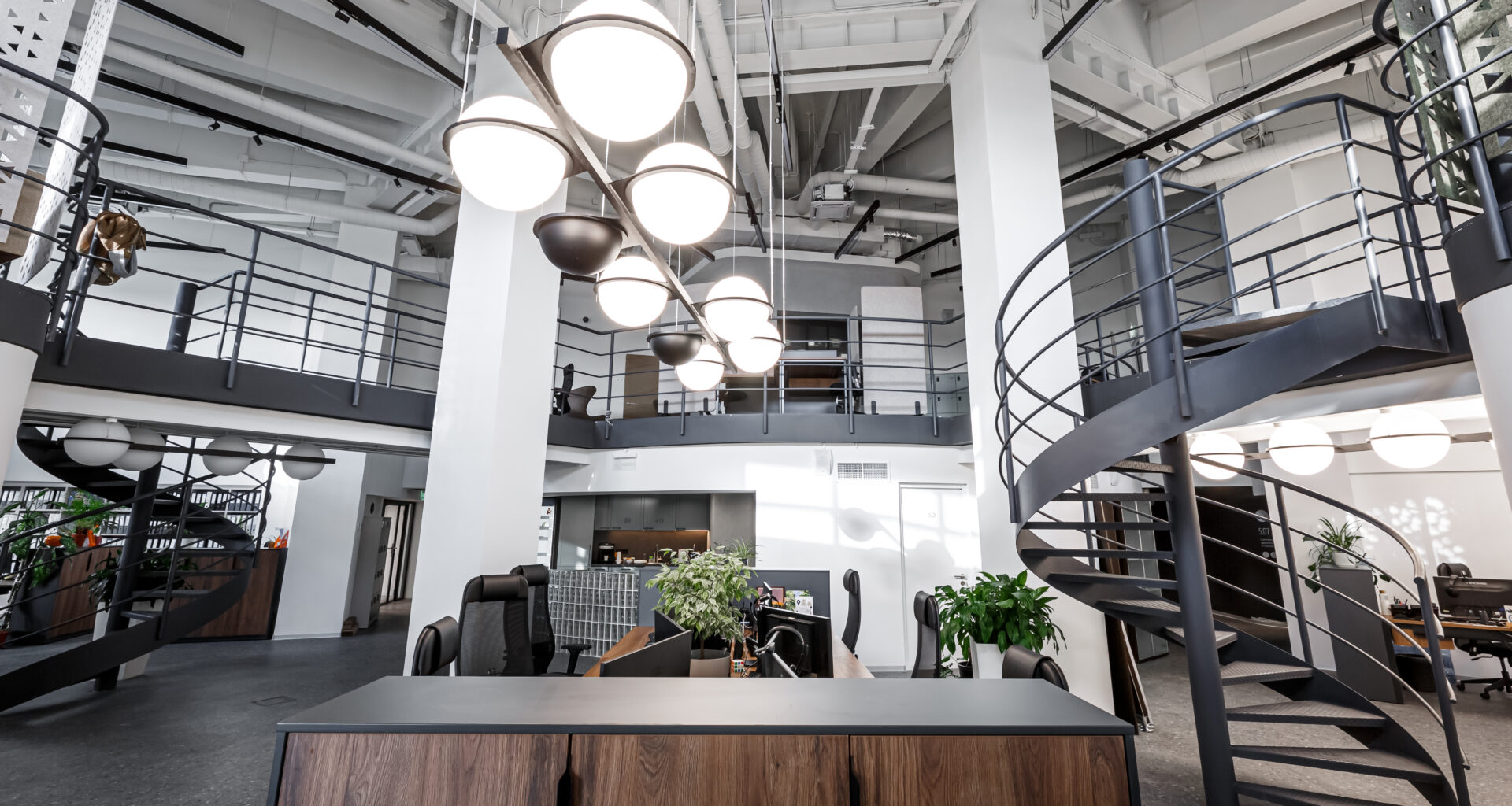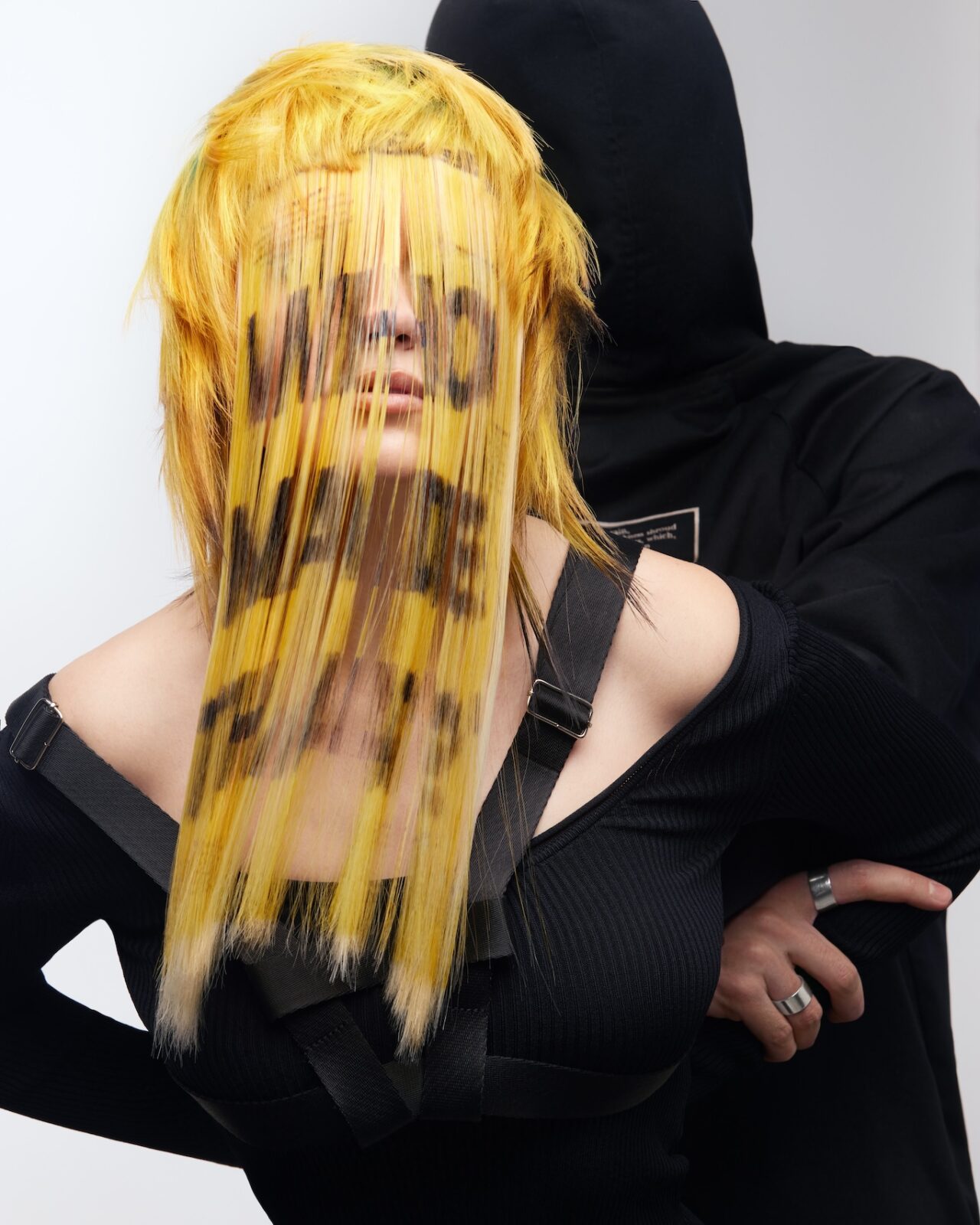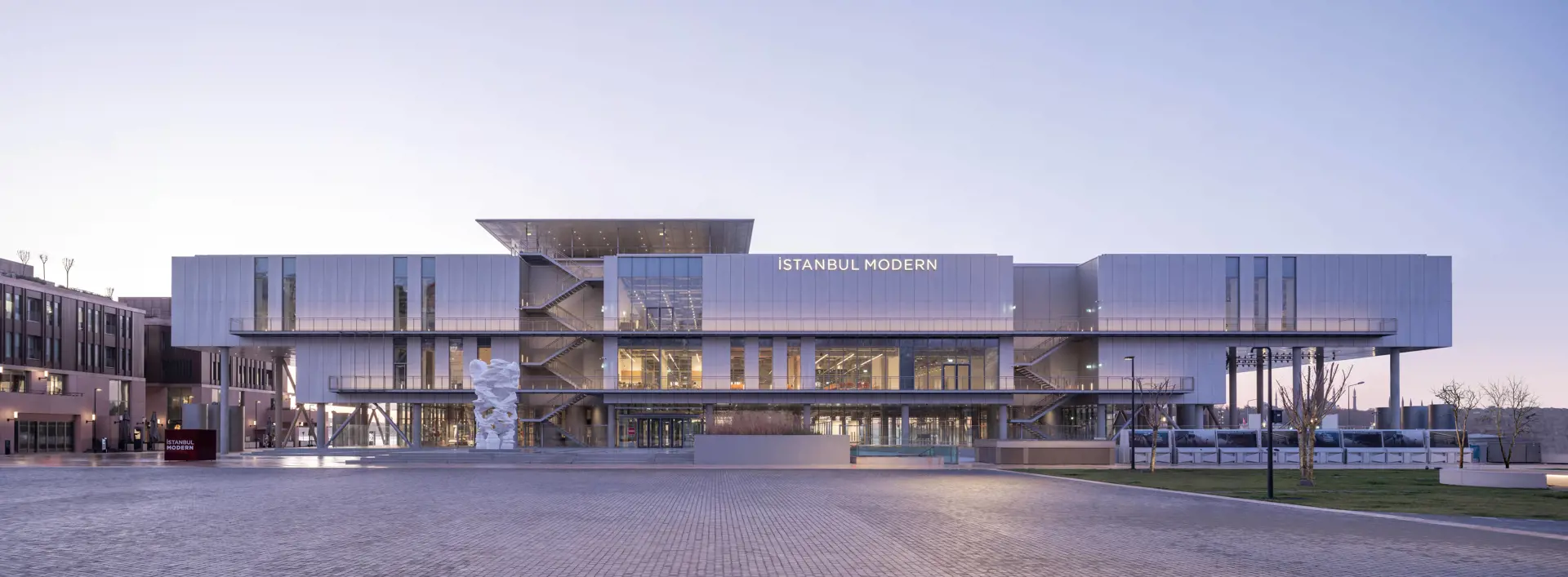“The Art of Living” is a column that tells about a lifestyle filled with comfort and beauty. Any kind of fine art, be it painting, sculpture or graphics, claims to occupy an important place in the lives of people who are used to enjoying every detail of their surroundings.
For porcelain figurines, painted service and reproductions of classical masters our grandmothers once stood in line no less than now lead to the Louvre. And what is the attitude to art of the modern real estate developer and the inhabitant of a St. Petersburg apartment? For answers to these questions, Julia Kirhgesner, founder and editor-in-chief of St.Art, went to interview Eduard Tiktinsky, founder and owner of RBI Group, one of the largest premium-class developers in St. Petersburg. This is a company that is appreciated for the thoughtfulness of every detail that turns a lifestyle into a real art.
Eduard was late for the previous meeting and I had 39 minutes left for the interview. In the meeting room, where we were seated, hung a painting by Andrei Remnyov. It was certainly not the gun on the wall in the first act of the play, but I had to be wary. Where a “pseudo-Russian” artist is chosen, modern art is hardly honored. Finding common ground, I start the conversation with a fresh sounding, in my opinion, slogan of RBI: The Art of Real Estate.
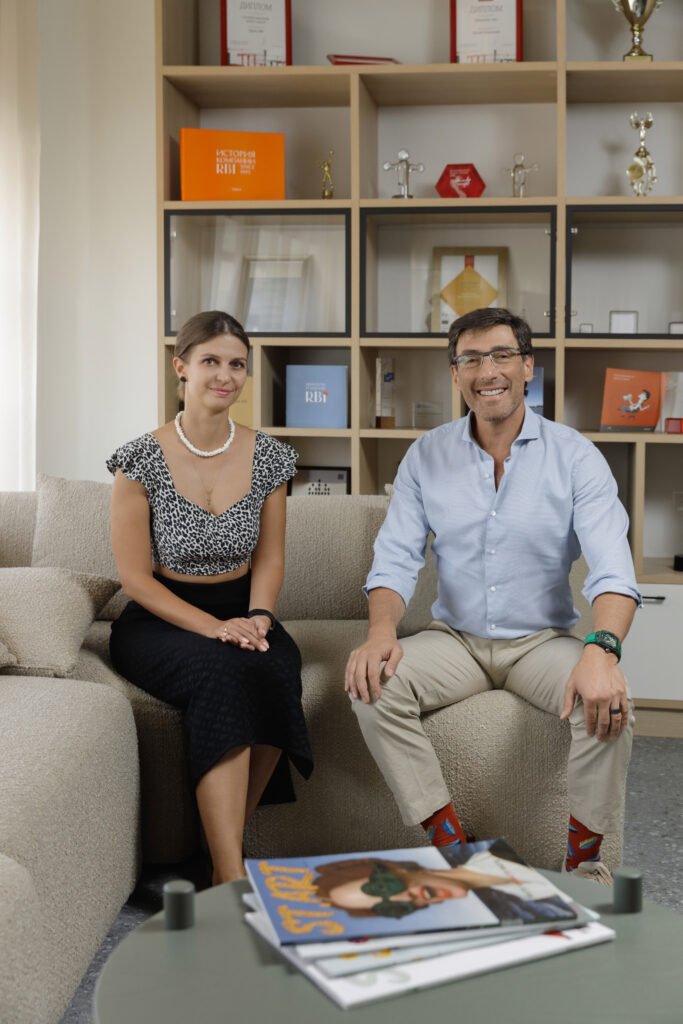
“The thing is that we just love our work very much,” the entrepreneur tells me. – Perhaps it is very important not to burn out. The company is 30 years old this year. And how not to burn out? Change all the time. – He explains to me that “the art of …” in the slogan is definitely not a fashion trend. And the slogan is surprisingly 18 years old. Yes, I am only a little bit older than his company, so I understand this age and feel that it is not only about business, but also about life: it is not enough to discover, the meaning is in constant discovery, uninterrupted and eternal.
Tiktinsky talks about his strategic vision – and he talks as if he is doing it for the first time. It is fresh, relentless, charming.
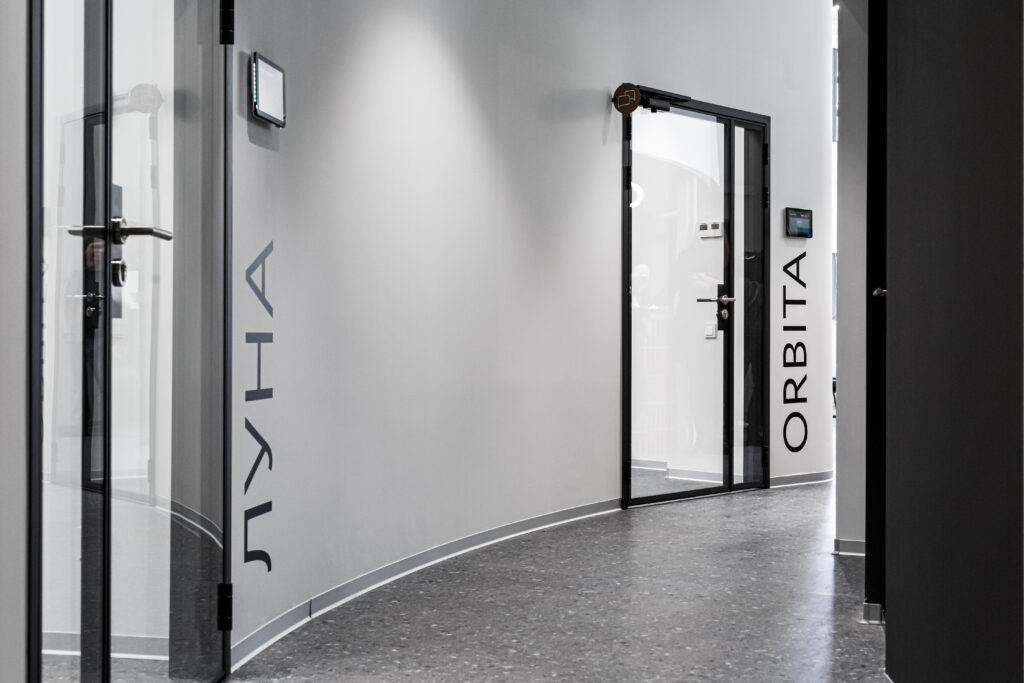
One of the points of this vision is to create outstanding products that take your breath away. Another is a friend company for employees, customers and partners. A premium development company. This means that in every market segment where it has a presence, it creates higher quality products and provides a higher level of service than the competition.
In response to my compliment about the latest RBI projects “MIRЪ” and Futurist and their obvious connection with art, Eduard explains that my interpretation of the concept of RBI projects “connected with art” is not quite accurate (in my eyes I read – “…not accurate at all”, and I want to report: “My fault, I will correct myself”). And adds: “Rather, it (the project) is art.” Isn’t that a bit presumptuous? After all, in front of us is not an epathetic businessman, but a man of delicacy and dignity. He believes in his first-class product. And in principle, no matter what I ask, Eduard is ready to turn any answer to a conversation about impeccable service and professionalism. “For us, The Art of Real Estate is about the art of development. It doesn’t mean we put art in the home.” There, I imagined my readers’ disappointment, it’s not about that at all. Here, feel the difference. “For us, what we do is art, and you can make masterpieces when you know the craft well. Because if you don’t know how to draw in a basic way, you’re not going to create any masterpiece.” One can argue and cite anti-examples from world art, but why, when its certainty rests on a foundation of deeds, not words. And the corporate culture, which I read so much about while preparing for the interview, is not just words either. We arrived in advance and had time to talk to the press secretary Maria, to see RBI employees in the coffee zone and in the library space, to see through the glass walls the faces of the team sitting in chaotic comfortable chairs during the meeting. And you know what I can say – it’s not just a house, it’s like Dostoevsky: “Pass us by and forgive us our happiness”. Happiness to work here.
And, you must agree, when a business and practical person talks about the desire for perfection and the desire to surprise, it is not the same as boring advertising. And the lack of originality can be forgiven. Eduard adds: “We ourselves, I’m sure, are the most discerning judges of our objects. We know where things have gone wrong. We worry about it.” And I worry that I haven’t succeeded in drawing a parallel to the beautiful story of art helping to sell real estate, along the lines of publications from San Francisco to Tuscany, where you can find headlines like “Art sells houses – it’s a fact!”, “Art and real estate: a symbiotic relationship”, “New York: the spheres of high-end art and high-end real estate are increasingly intersecting” and “How art has become a secret weapon in high-end real estate marketing”. And yet how did you, doing business in Russia, realize that it was important to use art in clubhouse projects? And could this have happened in Russia earlier? Everyone had to mature – both us and the public. A year ago, there was a discussion within the company about our corporate values (“Cooperation”, “Reliability”, “Passion”) and the fact that they were too much focused inwards, without reflecting what was projected outwards. That’s when two new concepts first emerged: beauty and aesthetics. And after a series of discussions (with guest speakers from art historians, entrepreneurs, historians, and even religious leaders), we incorporated both of these concepts into our value system. So now we essentially look at all of our objects through the lens of aestheticism. It is similar to the way grandmaster-level chess players stop just calculating moves and go further – they begin to understand where to place pieces so that “it will be beautiful”. That’s how we are – we place the pieces as we think it’s beautiful.
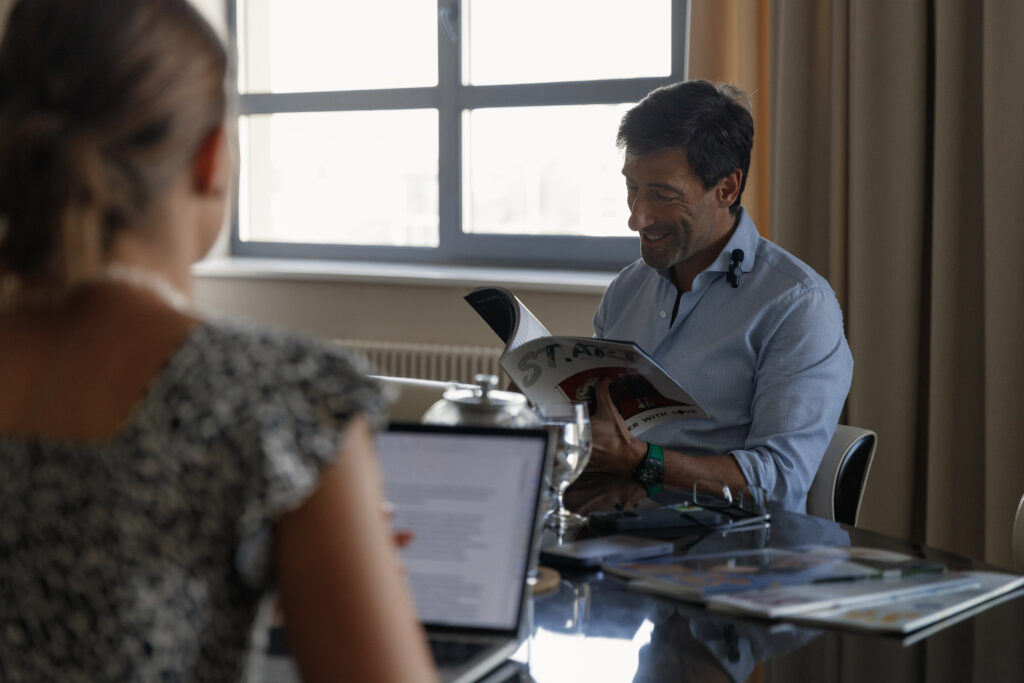
Checkmate for me. A person who checks everything, calculates risks, always makes a step into the zone of the nearest development, so boldly declares: “How beautiful it seems to us.” From our point of view, art objects are very “beautifully” combined with our objects, Eduard finally admits. Suddenly he recalls “New Star”, a house built by RBI 18 years ago, inside which a thematic sculpture “Moving on Up” by Ralph Gschwend, brought from the Venice Biennale, is installed. “Back then it was, you could say, a one-off experience, but now, you see, we’re back to it, back to good, so to speak,” recalls Tiktinsky with a smile. – And we realize that this is now a very important story for us and for our objects: we are thinking about what art to buy, we are communicating with curators”.
As for the experience of 18 years ago – it’s not just cool, it’s very cool. Why did it happen then as a one-off? The reasons for human actions and business actions are usually many times more complex and diverse than we always explain them later, and they are rarely definitely delineated. So it is quite impossible to imagine the situation. And remembering St. Petersburg in 2005, it will.
But now it’s 2023. Summer. Peter. We are sitting in Tiktinsky’s microcosm. I can see from the window the nearest building of the Futurist house, which has been completed and is finishing the sales stage. We are in the building of the former Levashovsky (folk name) bakery, which RBI turned from neglect and dump into their new office building, preserving all the details of the architectural monument. On the table we have not coffee, but tea. In my hands are cups from the Imperial Porcelain Factory from the Horizontal Movement series. And in front of me is a decent, educated, influential and unassuming businessman, who convincingly believes in the superiority of his brainchild.
But let’s turn away from real people for the sake of ideas, the reality of the realization of which is still in doubt. The discussion of how art increases sales of luxury real estate, which has not stopped in the U.S. for about 5 years, in Russia and in St. Petersburg, in particular, has not yet begun. It is about using works of art as a marketing tool: art-objects, with which elite apartments are furnished during sales, both emotionally help the buyer to imagine himself living in this room, and in general show him the volume and potential of the living space. At the same time, the works of art can be purchased together with the apartment or they can be given up. But is it possible to replicate this positive marketing effect in Russia?
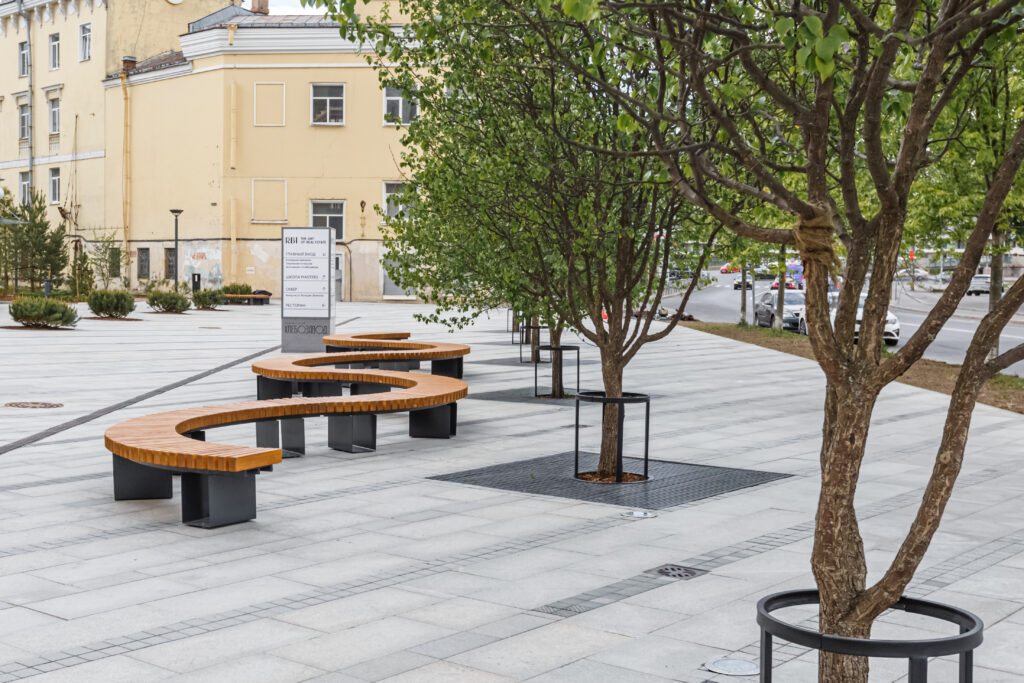
Many years ago, I also looked at luxury properties in New York that were being sold complete with art. But, in my humble opinion, they did not reach the “elite” level: for example, they had a 15-meter pool with one and a half lanes for a fairly large number of apartments, etc. However, with all this there was some painting hanging in the lobby, which cost, according to the developer, 1 000 000 $. It was incomprehensible to me and seemed completely inappropriate.
In addition, today we, unfortunately, do not see the willingness of clients of elite housing even to finish. In our project “MIR” we have a separate building for 24 apartments, which we dreamed of delivering with full finishing. But as a result of numerous conversations with our clients and heads of the commercial block, we did not decide to launch this experiment – so to speak, the idea did not receive the warmest reception.
How to promote such ideas, through what kind of showrooms, with what words to convey to people the value of such an approach? This is an incredibly difficult question. After all, it would seem obvious that finishing an entire building is preferable: people get rid of any negatives associated with renovation – from improper quality to neighbors drilling. You immediately move into a building with clean elevators and a beautifully furnished hallway – just live and enjoy. But many people are still skeptical about this – and count the money. That is, such experiments are already being carried out in Moscow (we are watching them closely), and they are generally quite successful on small sites. But the difference in the level of effective demand between Moscow and St. Petersburg is huge.
It sounds sad and sobering. The question of how much the purchase of paintings “in addition” to an apartment with a price of up to 4% of its value can be an easy decision for the buyer of such an apartment falls away.
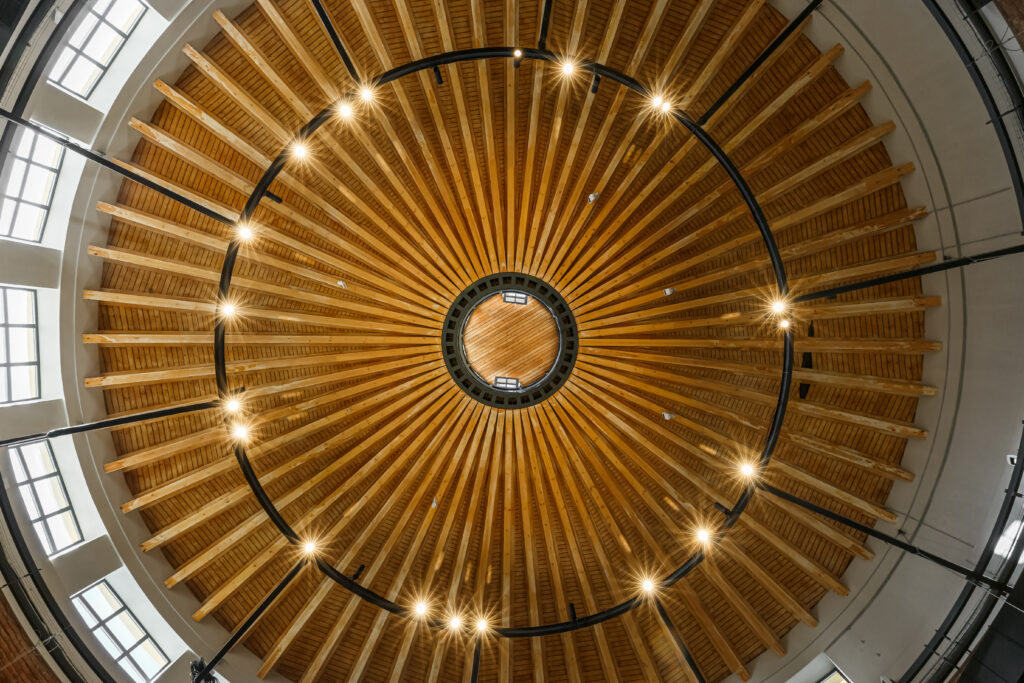
It is said that real estate development is a rather conservative industry. Could the lobbies of clubhouses someday become home to more radical works of art?
We don’t need any polarization around art in our homes, we are rather looking for some kind of reasonable consensus – I don’t see the need to challenge it today,” Eduard answers. It is reasonable to listen to the vision of a professional with thirty years of experience. Although, they say that nothing prevents you from seeing as broadly as a point of view.
As for Eduard’s position on the issue of contemporary art that requires explanation, it is clear: “When it is necessary to explain, it is not necessary to explain. I would not want such art to decorate the interiors of our homes”. Without unnecessary irritants, carefully and politically correct. And this tactic is bearing fruit both reputationally and financially. At the same time, I cannot call a man with a Richard Mille on his arm conservative. A statement watch, a “miniature sports car for the wrist”, like modern art, is rather for rebels. And their connoisseurs can equally exclaim: “You’re just a sucker if you don’t understand. Let us explain to you now why it’s good”. And last but not least detail: red-brick-colored socks with a blue feather print. It’s uplifting.
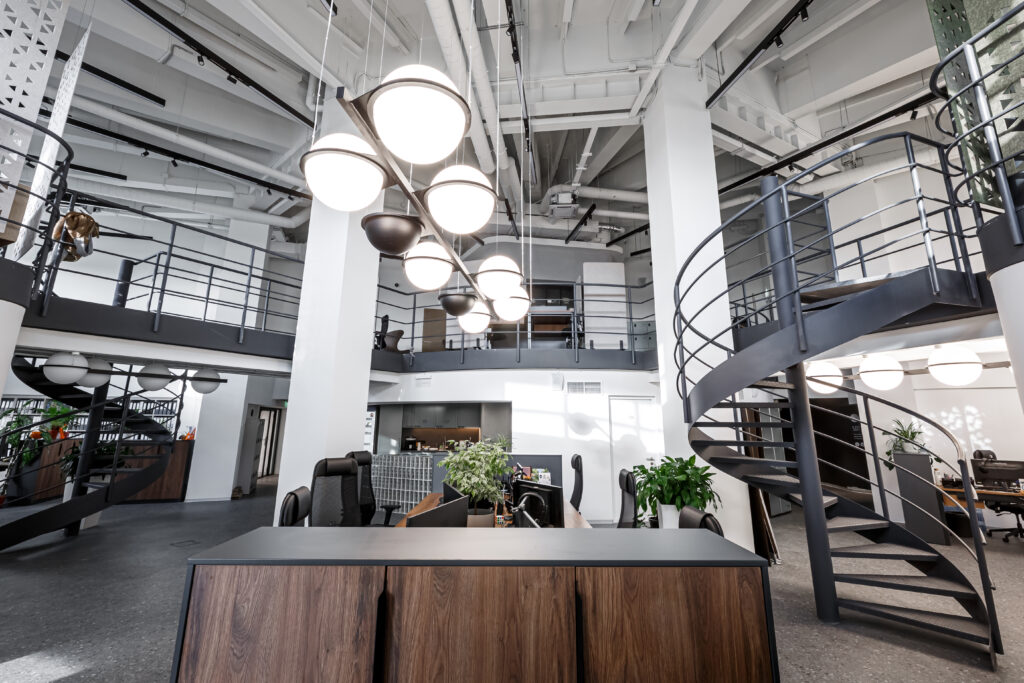
Eduard, do you personally acquire works of art?
To date, I am not a collector,” Tiktinsky honestly admits (in our visual age). – I have many hobbies: my life is so full that I simply don’t have time to do it now, but things may change.
In the search for the place and role of art in contemporary design, marketing and development, there is an acute lack of discussion of terms, market preparation, search for new solutions and points of consensus. So, in such circumstances, to end the interview with the slogan “Everything can change” seems to be a good thing already.
